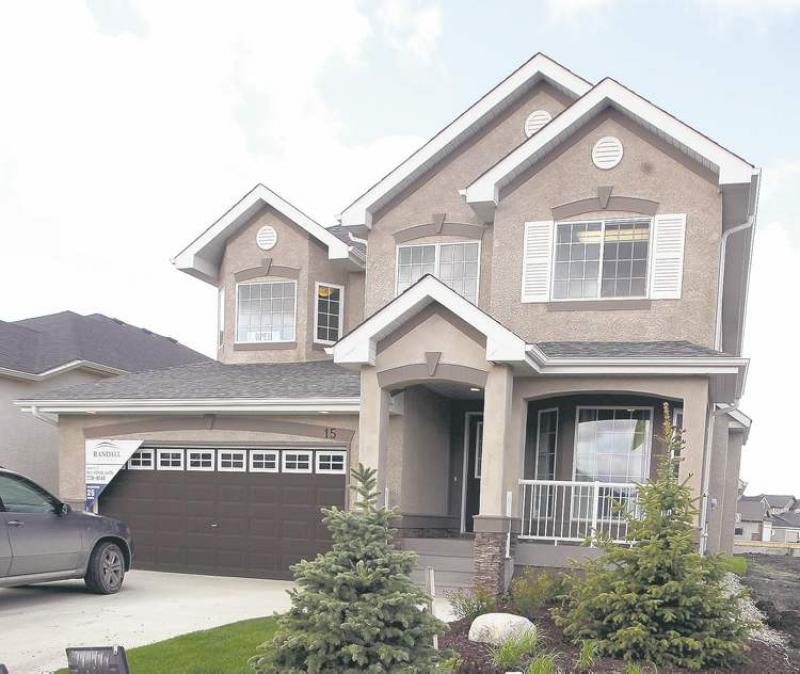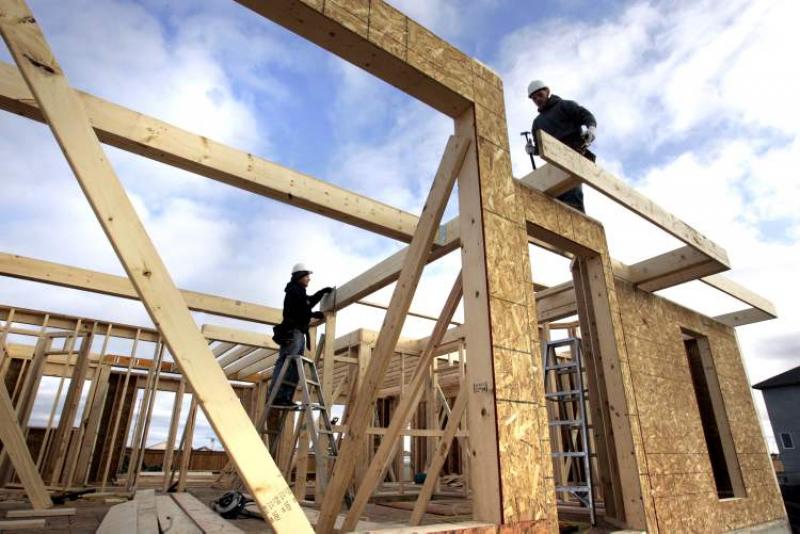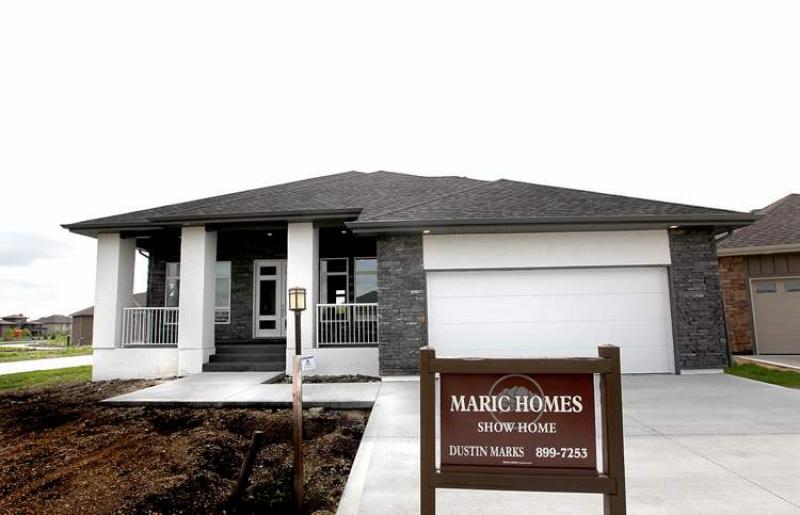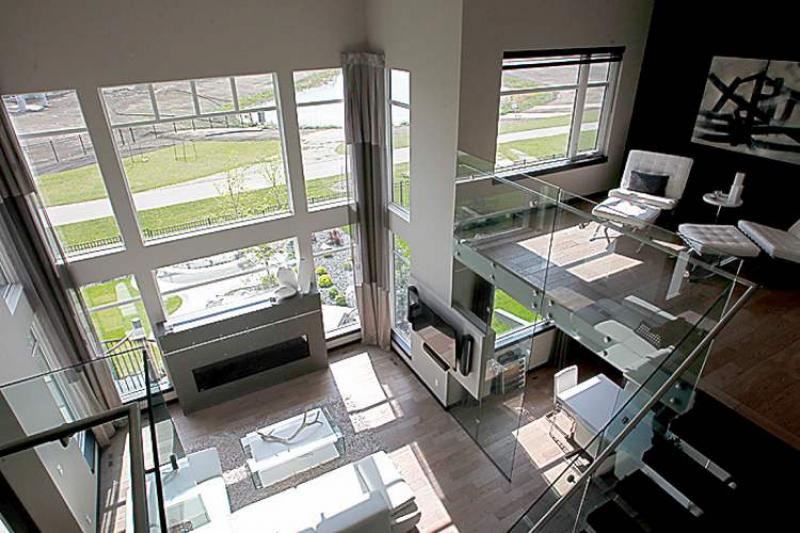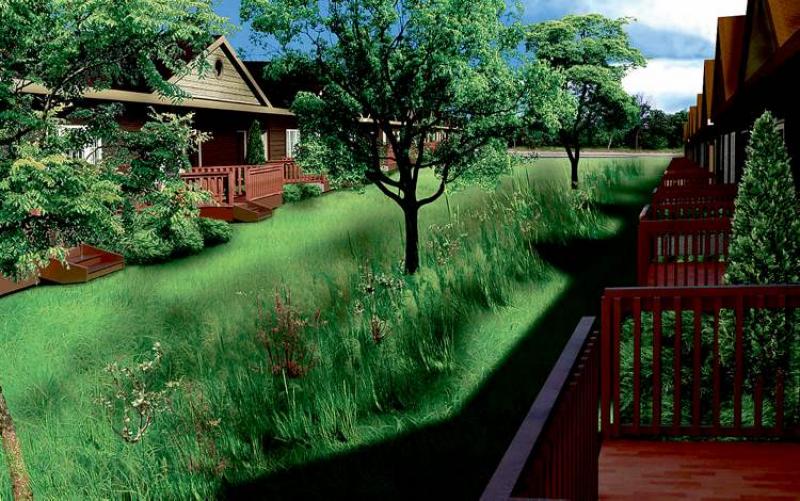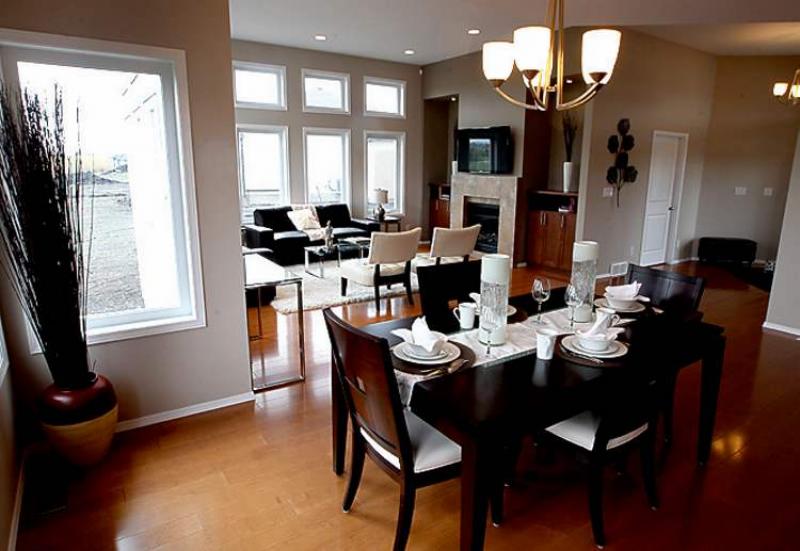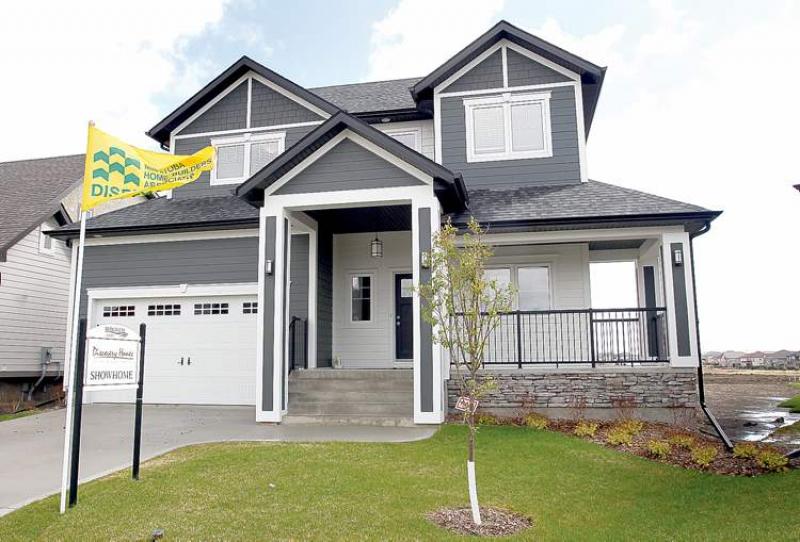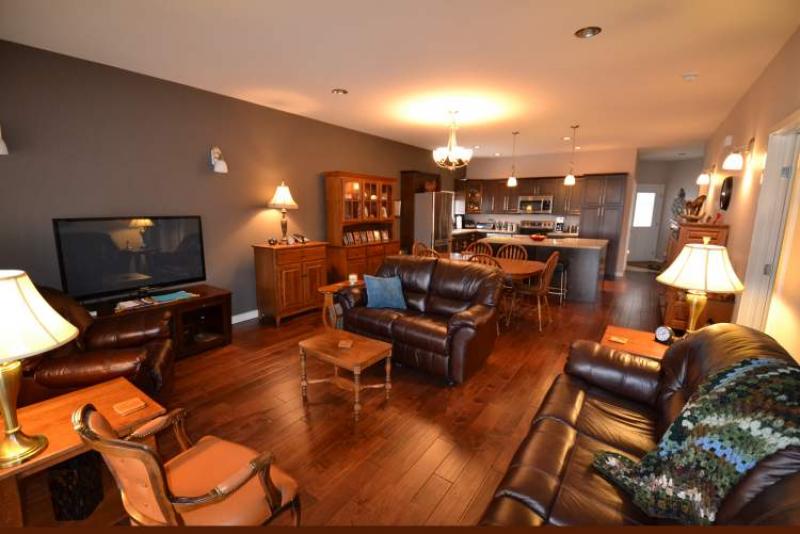New Homes
New Homes
Building a better construction industry by improving workers' skills
In January 2009, five partners with a commitment to strengthen the skills of the province's construction-sector workforce joined together to form the Manitoba Construction Sector Council.
With funding from the governments of Manitoba and Canada, the MCSC's mandate is to address the human resource needs of Manitoba's construction industry. The council exists to promote the benefits of working in construction and to provide opportunities throughout the industry to upgrade skills.
The MCSC's founding members are some heavy-hitters in the industry. The Manitoba Home Builders' Association, the Winnipeg Construction Association, the Manitoba Building and Construction Trades Council, the Construction Association of Rural Manitoba and the Manitoba Heavy Construction Association represent upwards of 1,600 member companies and 14 building trades unions representing more than 5,000 members.
Ensuring the industry's workforce keeps up with Manitoba's huge skills and labour demands requires a multi-faceted strategy. The MCSC has a three-pronged approach to labour-force development: a focus on professional skills development for the industry's current workforce; outreach into the community through high schools and career expos to promote the industry to the workforce of tomorrow; and through projects designed to link under-represented groups to employment in the industry.
MCSC offers a range of training to construction workers. One program in particular, Building Supervisors for Tomorrow, helps prepare future leaders. This program trains individuals who want to advance to supervisory positions and manage a safe and productive construction worksite. In 2011-2012, the MCSC provided training to more than 680 individuals.
Right now, the construction industry in Manitoba is full of opportunity, with plenty of well-paying jobs, and this trend will continue well into the future. The MCSC wants young people to make construction their career of choice.
This is the message the MCSC takes to many high schools visited each year. Whether through post-secondary education, apprenticeship or on-the-job training, the doors to a successful career in the industry are wide open.
Like Manitoba itself, the construction industry is embracing diversity. Its profile is changing to include more women, aboriginals and immigrants. Breaking down the old industry stereotypes is an important part of the work of the MCSC.
From the people who build the houses, buildings, roads and bridges to the engineers and architects who envision and design them, the construction industry presents great opportunity for a fulfilling career.
Mike Moore is president of the Manitoba Home Builders' Association.
New Homes
10,000 more tradespeople needed by 2020
A number of years ago, the advent of spring meant the beginning of construction season. Those times have long passed and, with the increased population and demand for housing, the commercial growth happening throughout the province and the increased need to improve our infrastructure, construction season is now 12 months a year.
Mike Holmes is a "love him or hate him" kind of guy. His columns and shows bring out a character reminiscent of a personal favourite of mine, Don Cherry. They tend to take the direct route in making a point and are not afraid to offend in doing so.
However, when you get past all of the noise and clutter, you often see that their argument is valid and one worth heeding. Such was the case last week when Holmes's column in the Free Press dealt with the importance of skilled trades.
He dealt with the unfairness of the negative stigma frequently directed at trades from both parents and schools. He talked about the pride in craftsmanship, the constant improvement process and the changing attitude that is starting to prevail.
The respect shown to the art of a tradesperson's work should be equal to that of any other profession. However, Holmes warns of a pending shortfall of skilled labour in the trades. He predicts that by 2020, if things don't change, we could be short by a million skilled tradespeople.
Skilled construction labour is in strong demand across Canada.
Manitoba's requirements are rising more rapidly than most other regions. The recent Construction Sector Council report, Construction Looking Forward 2012-2020, ranked 29 trades and occupations and projected their needs for a 10-year period.
Of the 29 trades, 66 per cent were considered to be limited and employers were going to have to compete to attract needed workers. The remaining 34 per cent were deemed to be of the status that there were not enough workers available to meet employer demand.
It is estimated that the construction workforce will need to increase by 9,100 persons between 2012 and 2020. In this same period, it is estimated that 6,900 workers will be retiring and therefore will need to be replaced.
If current patterns continue, approximately 6,000 new entrants will be available to fill these spots. That will leave us short by 10,000.
A solution is needed. Next week, we will look at possible solutions.
Mike Moore is president of the Manitoba Home Builders' Association.

